- Group Exhibition »To Light, Shadow and Dust« Berlin, 2022
- »Homeing II: Paintings« Mexico City, 2022
- »Homeing I: Works on Paper« Stockholm, 2022
- Group Exhibition »ORTHODOX ABSTRACTION (and of course there was poetry)« Berlin, 2020
- »Paintings« Berlin, 2018
- »Here Comes the Sun« Stockholm, 2016
- Group Exhibition »DRAWN« Berlin, 2014
- »Yellow, Noon and Night« Berlin, 2012
-
Taylor Dafoe: Stanley Whitney Doesn’t Like to Look Back, Even on the Eve of His First-Ever Retrospective, Artnet, February 2024
-
Roberta Smith: Review: Stanley Whitney’s Paintings Reinvent the Grid, The New York Times, July 16, 2015
-
No To Prison Life: Stanley Whitney in conversation with William Whitney, July 2020
-
Alex Bacon: Stanley Whitney, Call-and-Response, in: Stanley Whitney: Radical Times, London, Lisson Gallery, 2016
-
Lowery Stokes Sims: Conversation with Stanley Whitney, in: Stanley Whitney. Dance the Orange, Studio Museum Harlem, New York 2015
-
Trond Borgen: The Power of Painting, the Brilliance of Color, Stavanger Aftenblad, Norway April 28, 2015 (Translated by Inger Fluge Maeland)
-
Peter Schjeldahl: Shapes and Colors. Stanley Whitney at the Studio Museum in Harlem, The New Yorker, August 3, 2015
-
David Reed: Stanley Whitney, BOMB Magazine, No. 123, Spring 2013
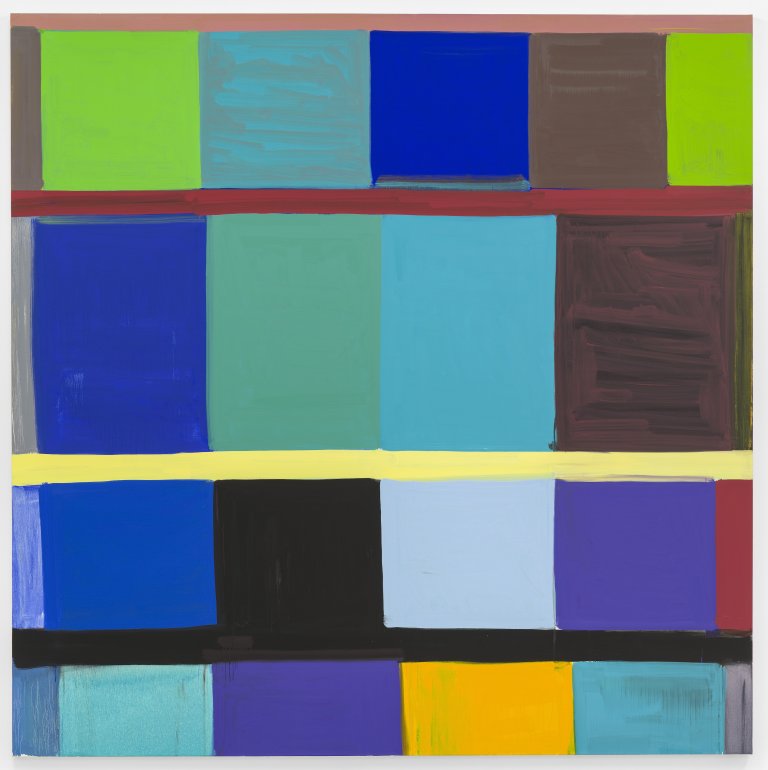
This Side of Blue, 2011, oil on linen, 244 x 244 cm
Stanley Whitney »Yellow, Noon and Night«
Berlin, November 03, 2012 - January 12, 2013
Galerie Nordenhake is pleased to present Yellow, Noon and Night–the first solo-exhibition of US-American painter Stanley Whitney in Germany. For almost thirty years Whitney has been exploring two central aspects of abstract painting: Colour and structure. The exhibition will show new works as well as paintings from the past eight years.
The title of the exhibition, which is also the title of one of Whitney’s paintings, is, like most of his paintings, inspired by music, poetry and his love of reading: In this case by a blues song called Morning, Noon and Night. For the title Stanley Whitney simply replaced the word “Morning” with “Yellow” to introduce the aspect of colour. And the title also emphasises rhythm as a parameter that is essential to Whitney’s work: Whereas rhythm is central to Jazz and Blues, it is the colour that makes the beat in Whitney’s paintings.
Colour is what structures the paintings. For a long time Whitney has been working with square canvasses of different sizes, which he structures with up to four unequal bands consisting of one or more lines the width of a paintbrush. Starting from the top left–almost like writing a text–he fills the bands with a series of non-uniform rectangles and squares of different colour. This process, which ends at the bottom right of the canvas, can be repeated two or three times. The choice of colour is intuitive and the result of the painting process which is unpredictable an unknown.
Whitney works with the system of “call-and-response”, which is a principle used across multiple disciplines, and in music is typical in spirituals, gospels, blues and jazz. He paints one colour and then decides which colour responds to the first one. This very simple principle results in the fact that the same colour is almost never used twice and the colours become more and more complex. And yet, Whitney’s paintings seem easy, almost effortless. They are playful and strictly formal at the
same time. This is similar to Jazz–which seems easy–as Whitney explains: “As if you could just get up and play the instruments, that there’s no struggle with how it’s done. It’s like Coltrane using a simple melody. I just use a simple square”.
Despite their complex colour scheme Whitney’s compositions are always harmonic and show his joy for colour and composition. They are rhythmic, melodic, and intense. „The idea is sound through colour, creating a polyrhythm and confronting something very beautiful with a lot of humanity to see something that you think you know but then realize you don’t“ (Stanley Whitney).
Stanley Whitney was born in 1946 in Philadelphia and currently lives and works in New York and Solignano, Italy. His works have been featured in numerous international exhibitions since the early seventies. His work was part of the 50th Venice Biennale (2003) in the project Utopia Station, and was also shown in the Dakar Biennal (2004). Museum exhibitions include the National Academy Museum, New York (2012), the Nelson-Atkins Museum of Art, Kansas City (2008), the University of Dayton, Dayton, Ohio (1991), the Pennsylvania Academy of Fine Arts, Philadelphia (1985), the Brooklyn Academy of Music (1983), the Alternative Museum, New York (1981), the Studio Museum in Harlem (1981) and the Aldrich Museum of Contemporary Art, Ridgefield (1976). He is the recipient of the John Guggenheim Fellowship (1996) and Pollock-Krasner Fellowship (2002) as well as winning the First Robert De Niro Sr. Prize in Painting (2011).

This Side of Blue, 2011, oil on linen, 244 x 244 cm
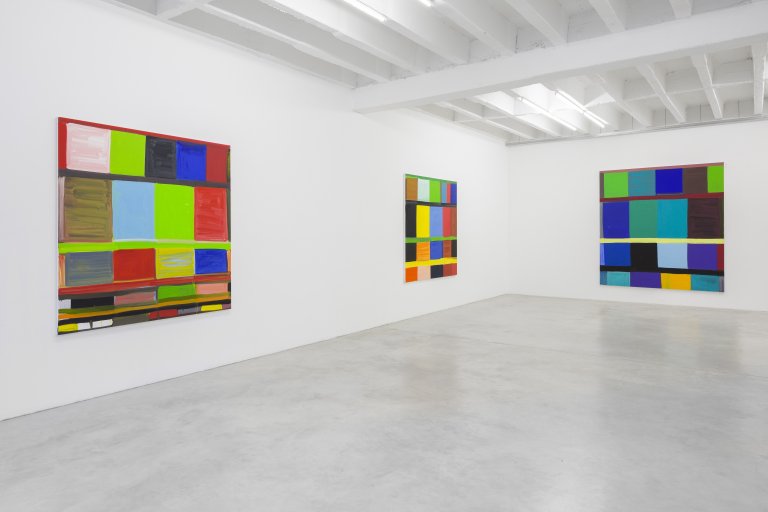
Installation view
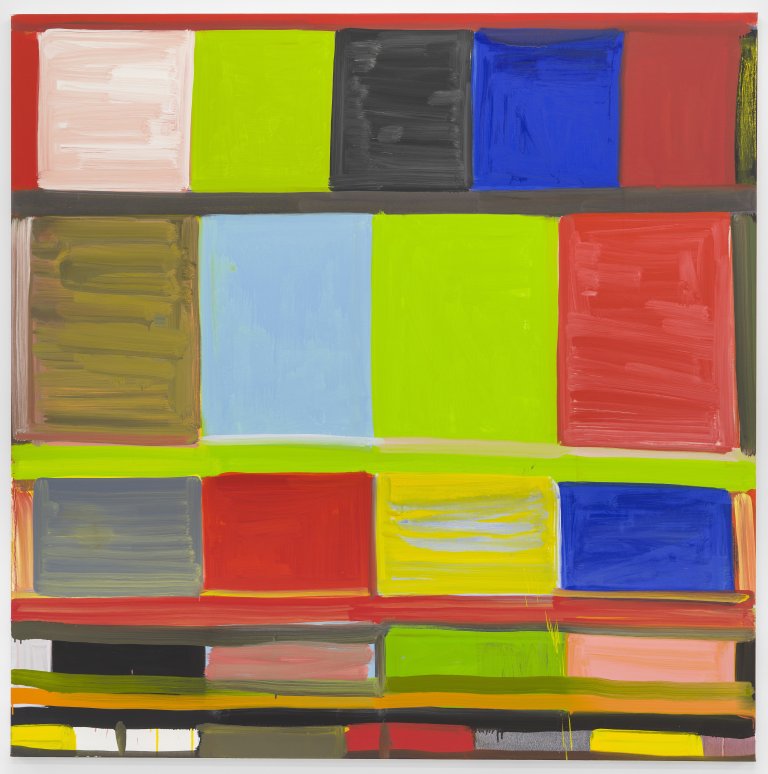
Champagne and Lion, 2010, oil on linen, 183 x 183 cm
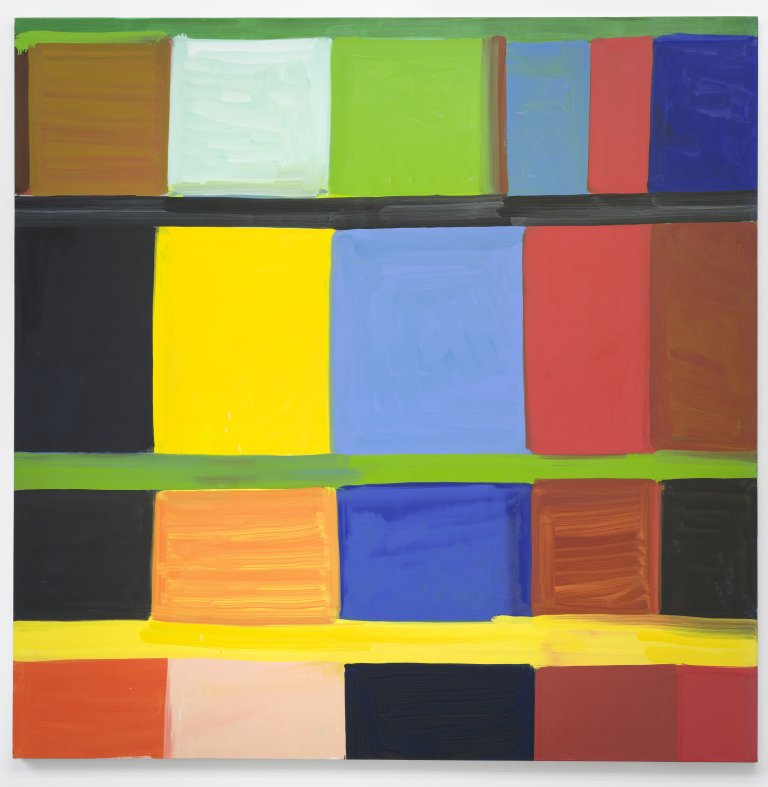
Venus and Adonis, 2011, oil on linen, 183 x 183 cm
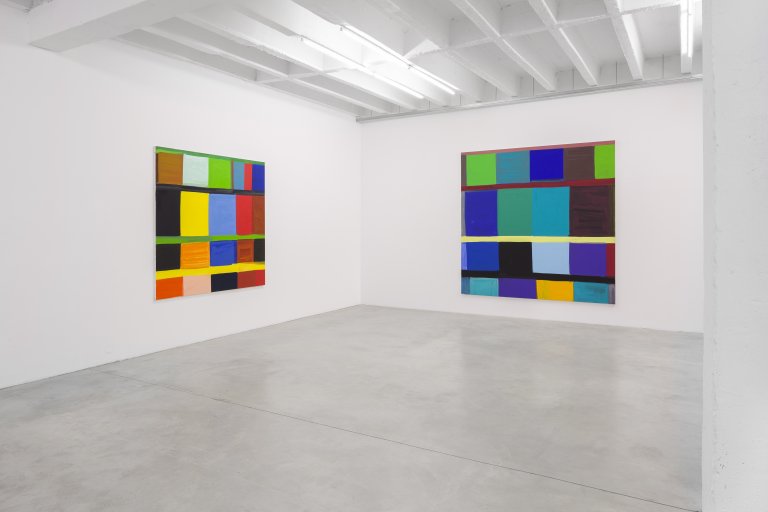
Installation view
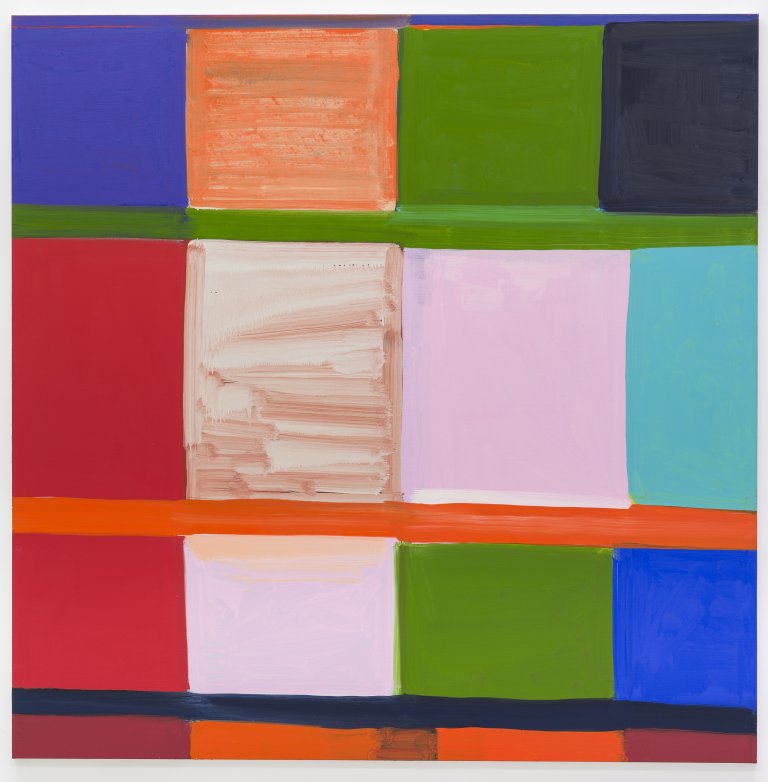
Violet Times, 2012, oil on linen, 152 x 152 cm
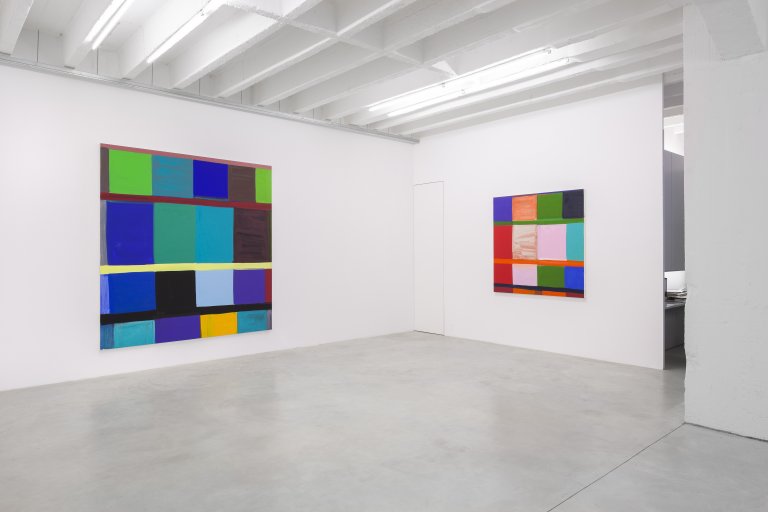
Installation view
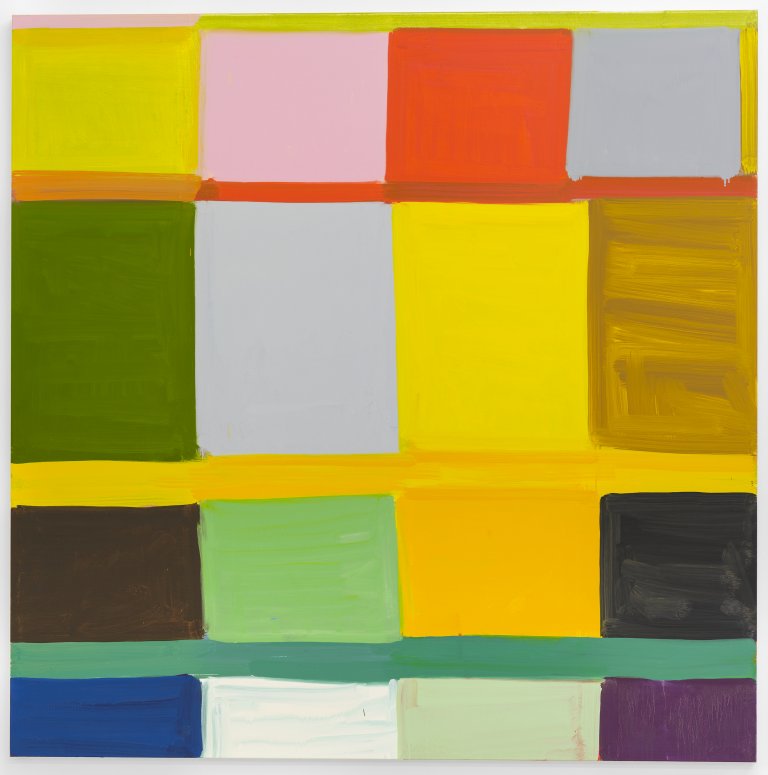
Yellow, Noon and Night, 2012, oil on linen, 152 x 152 cm
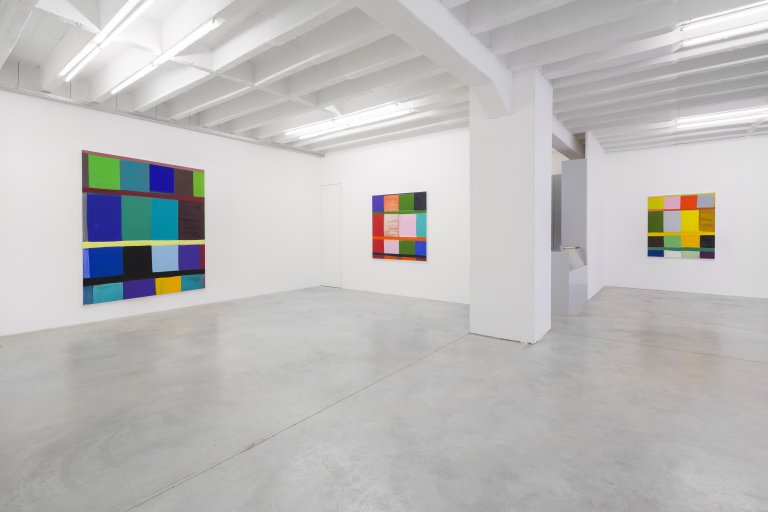
Installation view